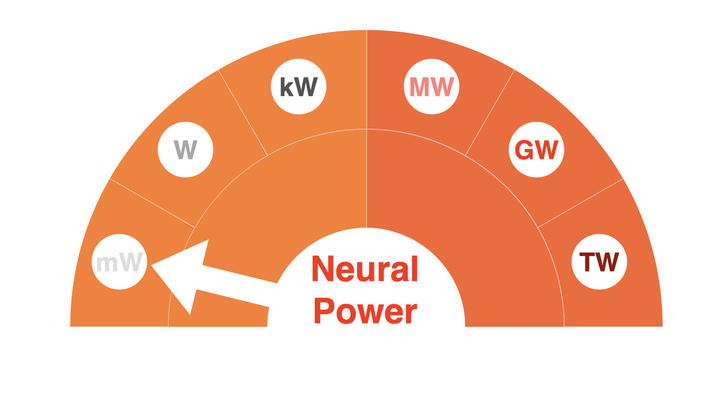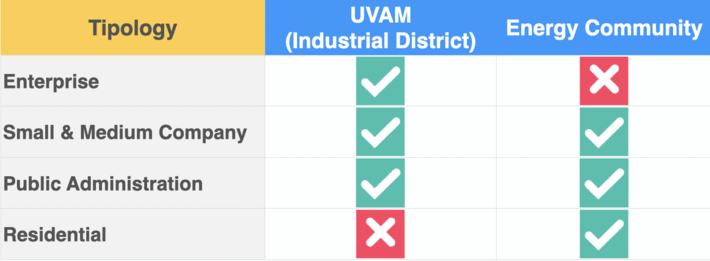EPOCH 1618845450

NEURAL POWER [mW]: Introduction of the subject matter.
GOAL: Discuss solutions, methodologies, systems, projects to support the Energy Transition towards Energy Convergence.
TARGET: Operators, Customers, Regulators, Lawmakers, Inventors, Academics, Scientists, Enthusiasts.
MARKET: Energy Market.
TAG: #Epoch #ISOPROD #ISOCONF #Digitization #DemandResponse #Demand #Baseline #Methodology #Flexibility #Renewable #EnergyTransition #Optimization
BIBLIOTEX: [1] Energy Transitions Indicators; [2] Epoch Converter; [3] Agenda 2030; [4] UVAM; [5] Optimisation Models and Methods in Energy; [6] European Electricity Transmission Grids and the Energy Transition, …
CREDITS: [1] Chris Lawton from StockSnap; [2] dashu83 from it.freepik.com; [3] rawpixel.com from it.freepik.com; [4] d3images from it.freepik.com.

GLOSSARY
Transmission System Operator (TSO). Transmission System Operator is a natural or legal person responsible for operating, ensuring the maintenance of and, if necessary, developing the transmission system in a given area and, where applicable, its interconnections with other systems, and for ensuring the long-term ability of the system to meet reasonable demands for the transmission of electricity. [^1]
Virtual Enabled Mixed Unit (VEMU). Aggregate (also known as industrial districts) consisting of production, consumption and storage plants that participate in the #Flexibility processes, governing the use of energy according to the actual power needs. Storage systems functional to electric mobility are also part of the UVAM pilot project, as these are considered to be completely comparable to other storage systems. [^2]
ISOPROD. Electric load profile of the Consumption Units (CU) (mapped within the industrial-type production process) built respecting all the constraints of the process itself, i.e. the production performance index (Qty / h).
ISOCONF. Electric load profile of the Consumption Units (CU) (mapped within the supply chain responsible for providing environmental services) built respecting all system constraints, i.e. the environmental conditions to be supplied (*temperature, humidity,¦*).
Problem

The power grid is focused on scheduling production based on the forecast of consumption. However, information exchanges take place exclusively between system operators without the active involvement of consumers (industrial, residential customers), therefore the actual knowledge of #Demand not ables to plan the delicate network balance in advance, these continuous imbalances have the following consequences:
- increase in system costs;
- impossibility using non-programmable renewable sources;
- need to keep power plants from non-renewable sources in operation;
- creation of new power plants to coverage changes in demand;
- limited operation in the #Flexibility market, mainly focused on capacity incentives;
- increase in the carbon footprint.
Currently, the operators who are part of the electricity ecosystem are faced with a series of questions to be answered through long-term strategies and solutions:
- “What strategy to adopt?“
- “How to overcome the current problems in the electricity sector managed so far in a monolithic way and using a privileged position (incentives)?“
- “What solutions to adopt to unlock the new values of the #Flexibility in the panorama of #EnergyTransition?“
This #Epoch introduces the concept of #Flexibility starting from its institutional definition up to describing how #Demand #Optimization can evolve the electricity system from one-way to multi-directional, decentralized and flexible. Starting from this #Epoch, all questions will be answered in a qualitative, quantitative, systemic and above all economic / financial way with the aim of building a winning strategy that has as its objective the reduction of pollution due to the current power grids.
Solution

The programming of electricity consumption through #Digitization processes allows the evolution of the system towards a more virtuous model centered on the #DemandResponse paradigm, through which it is possible to plan the production of the exact amount of energy required, with the following effects:
- valorisation of #Renewable according to priorities as to economic, physical and environmental;
- grid inbalancing avoided through the implementation of dynamic corrections to consumption programs, without impacting operational processes;
- active participation of the #Demand in the #Flexibility processes.
The consumers from simple passive users of energy will assume an increasingly active and central role in the balance of the electricity system.
There are different forms of participation in the evaluation of the application.

Definition of Electrical Flexibility
Regulatory scope
“Dispatching services provided by the generation, consumption and storage of energy according to criteria of technological neutrality […], through the figure of the aggregator, […] reflecting the correct value of the electricity in real time on the National Transmission Grid, […] compatibly with the network constraints, of the imbalances of the units enabled to participate in the dispatching services market.“
Electricity Demand Optimization
“Ability to plan and dynamically modulate #Demand on the basis of a map of consumption processes, transforming the limits of non-programmability of production into nodal dispatching constraints by defining a decentralized and balanced network model.“
“What do you need to make the electricity grid flexible?“
The principles of the methodology
The #Methodology of the #Optimization of the #Demand is achieved through the construction of the electricity program (#Baseline) of its own characteristic absorption profile, enabling the services companies to Create and Enhance their own energy #Flexibility and profit from it.
For each CU (Consumption Unit) the #Methodology takes place through the following phases:
Profiling
- Real-time acquisition of the energy consumption data of each load;
- Building of the *Characteristic Energy Profile*;
- Definition of the energy consumption program associated with the operational activity in compliance with the predetermined performance indices.
Scheduling
- Dynamic implementation of energy consumption programs (`#Baseline`) through ordinary modulation of set points;
- Periodic verification of actual compliance with the predetermined performance indices.
Balancing
- Dynamic correction of the consumption program through an extraordinary modulation of the set points, drawing as needed from a predetermined list of possible interventions;
- Punctual activation in the event of operational criticalities or in the face of remuneration opportunities.
Flexibility
- Identification of the actual availability (`#Flexibility`)of modulated energy in compliance with the predetermined performance indices;
- Periodic communication of the consumption program and availability to modulation towards the aggregator;
- Implementation of the modulation requested by the aggregator when the network is actually required.
Performance Indices
ISOPROD: Quantitative constraints of the industrial supply chains (material quantity or number of pieces / hour) for compliance with production plans.
ISOCONF: Quality constraints of environmental services (temperature, humidity, lighting) for maintaining the comfort of the users of the building.
The correlation between the performance indices and the electrical absorption profile of the loads mapped within the operating process is the first fundamental step to be able to plan consumption.
The #Flexibility is energy created by #Demand, mapped by math models and transformed by the algorithms into a new fungible commodity.
Roberto Quadrini
Benefits
The roadmap for participation is an opportunity optimizing and efficiency, which actively contributes to the Carbon footprint reduction, with the following benefits:
- awareness of the impact of energy consumption on its operating activities.
- reduction of costs associated with energy consumption;
- improvement of corporate image positioning through Corporate Social Responsibility.

Green Deal and Energy Transition
The proposed #Methodology contributes to the achievement of 3 objectives of the Green Deal:
- Supply clean, affordable and secure energy;
- Building and renovating in an energy and resource efficient way;
- Accelerating the switch to sustainable and smart mobility.
The European Directive 2019/944 and European Regulation 2019/943, are focused on:
- Decarbonisation;
- #Flexibility;
- Active participation of consumer/prosumers.
It is compatible with the of the European Directive 2018/844 relating to Smart Buildings, as well as with the European Directive 2018/2001 (RED II) concerning Energy Communities and Renewable Energy Sources.
“The power grid is made intelligent by the #Demand which indicates to production its needs, that are generated of human mind“,
Roberto Quadrini
……………
[^1] “Directive (EU) 2019/944 of the European Parliament and of the Council of 5 June 2019 on common rules for the internal market for electricity and amending Directive 2012/27/EU, Article 2(35).
[^2] “ARERA Directive 422/2018/R/eel, 300/2017“
